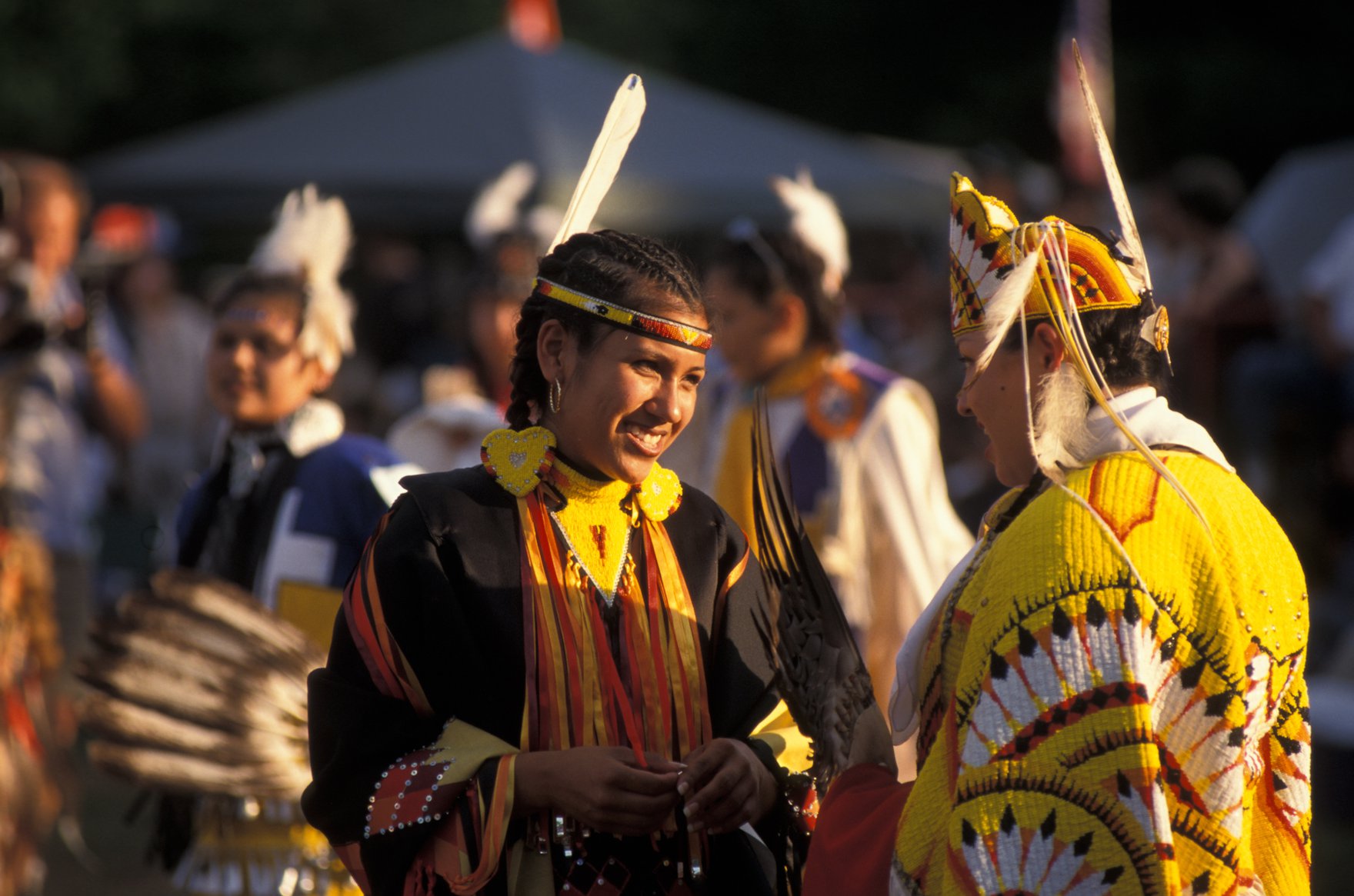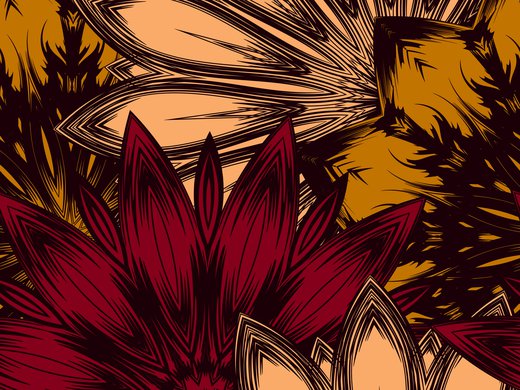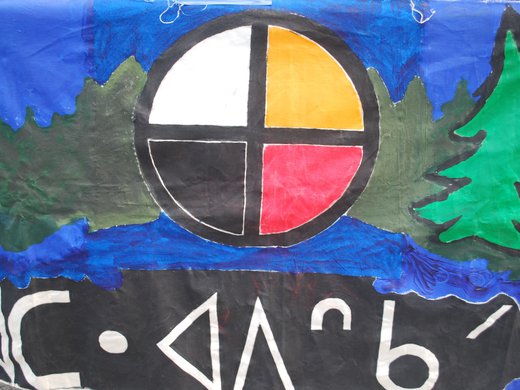This article is part of a series by Indigenous and Canadian scholars that features analysis and personal reflections on the next 150 years of Canada’s history.
The 150th anniversary of Canada’s Confederation presents an opportunity to reflect on the past 150 years, but also an opportunity to dream about the next 150 years. With the release of the Truth and Reconciliation Commission’s final report and its Calls to Action, there has been increasing recognition across Canada that the last 150 years presented many challenges (to say the least) for Indigenous peoples. There are also aspects of Canada’s colonial project that particularly targeted and impacted Indigenous women.
Indigenous women have always played critical roles in their communities and nations, both in the private and public spheres. Indigenous women are the ones who give life to the next generation. Indigenous women’s responsibilities vary among Indigenous peoples across Canada, but some examples include Anishinabe women’s responsibilities as keepers of the water, Métis women’s responsibility for developing and maintaining kinship networks that are the basis of the Métis nation, and Haudenosaunee women’s responsibilities to select leaders.
Indigenous women have been targeted and impacted by colonial actions differently than Indigenous men. In relation to First Nations women specifically, there are many examples of gender discrimination under the Indian Act that are well known, including the loss of status when marrying non-status men, as well as the inability, until the 1950s, to run or vote in band elections. More widely affecting all Indigenous women are the extraordinarily high rates of missing and murdered Indigenous women and girls.
Since the Trudeau government came to power, there has been increasing rhetoric by the federal government, coupled with some minor action, indicating a willingness to develop this new relationship, including:
- signing memoranda of understanding with national organizations for a new nation-to-nation relationship;
- committing to the implementation of the United Nations Declaration on the Rights of Indigenous Peoples;
- creating a working group of ministers to review all federal laws and policies as they relate to Indigenous peoples;
- releasing new principles respecting the government of Canada’s relationship with Indigenous peoples;
- dividing the former Indigenous and Northern Affairs Canada portfolio into two new departments: Crown-Indigenous Relations and Northern Affairs, and Indigenous Services.
The question that remains for many Indigenous peoples is how these changes will impact operations on the ground. However, another key issue that is eclipsed in this work to build a new relationship is whether the gendered aspects of Canada’s colonial project will be addressed.
The federal government appears to be taking some action on these gendered issues, but questions remain whether the actions are sufficient to address the deeper impacts. After prolonged litigation in the Descheneaux case, in which the plaintiffs argued that “registration provisions perpetuate different treatment in entitlement to Indian registration between Indian women as compared to Indian men and their respective descendants,” the federal government again proposed legislative amendments to the Indian Act. Stéphane Descheneaux’s three children did not qualify for Indian status because he got his status through his grandmother, who lost her status when she married a non-status man. However, the federal government’s proposed amendments were blocked by the Senate for failing to fully and completely address the ongoing sex discrimination in the Indian Act. The failure of this government to take steps to fully address ongoing sex discrimination in the Indian Act makes one question the government’s commitment to addressing gendered impacts of colonization.
Another key action on gender issues is the setting up by the federal government of the National Inquiry into Missing and Murdered Indigenous Women and Girls. However, many have questioned its limited mandate, and whether the budget and the current processes are sufficient to ensure its success. There is also the connected issue of overrepresentation of Indigenous children in the child welfare system, and the federal government’s failure to comply with three orders from the Canadian Human Rights Tribunal to address the discriminatory funding. Most recently, the federal government announced a settlement of the Sixties Scoop actions, but failed to include Métis people in this settlement.
Given the failure of the federal government to take full and effective action on Indigenous women’s issues, there is cause for concern as to how these issues will be adequately addressed going forward. In developing a new relationship between Indigenous peoples and the federal government, Canada has focused on signing memoranda of understanding with national Indigenous organizations, including the Assembly of First Nations, the Métis National Council and Inuit Tapiriit Kanatami. These organizations purport to represent various Indigenous constituencies (First Nations, Métis or Inuit), but have been subject to criticism for failing to fully represent and include Indigenous women’s concerns within their work. The Native Women’s Association of Canada (NWAC) has long represented the specific needs and issues of Indigenous women in Canada, but has not been included at these new nation-to-nation tables.
Previous attempts at negotiating self-government recognition, including the Charlottetown Accord, have led to Indigenous women’s organizations such as NWAC raising concerns about the adequacy of consideration for Indigenous women’s concerns by the national Indigenous organizations. Now that the federal government has committed itself to a new relationship, how will it ensure that Indigenous women’s issues are adequately represented?
As the colonial process in Canada impacted Indigenous men and women differently, any attempts to redefine the relationship between Indigenous peoples and the Canadian government must expressly analyze and address these gendered impacts of various colonial laws and policies.[1] The redefinition of the relationship must be cognizant of the fact that far too often “gender-neutral” approaches are actually entrenched in male viewpoints.[2] The development of this new relationship must not move forward on the assumption that men’s experiences are “genderless” or that “gender-neutral” approaches adequately address Indigenous women’s issues.
Further, moving forward, we must acknowledge that sexism has been internalized and institutionalized within many Indigenous communities.[3] This means the redefining of the relationship must look at gender relationships within Indigenous communities. It will be important to not romanticize “traditional” roles of Indigenous women, which may limit women to the private sphere.[4] The intra-politics within Indigenous nations must be examined.[5] The goal of this analysis is to understand how colonization has impacted gender dynamics within communities, as well as critically engage with traditional roles and responsibilities of Indigenous women. We must not assume all traditions are good, but must continue to evaluate their usefulness and appropriateness.[6]
So as Canada moves forward developing a new relationship between Indigenous peoples and the federal government, it is important to ensure a full and effective voice for Indigenous women in these negotiations — including seats at the same tables, with the same funding and involvement in all consultations. Further, issues that may be specific to Indigenous women must be included on the agenda. Because, as Indigenous legal scholar Val Napoleon aptly notes: “If aboriginal women are oppressed, who is the self-determining self?”[7]
[1] Val Napoleon, “Aboriginal Discourse: Gender, Identity, and Community” in Benjamin J Richardson, Shin Imai & Kent McNeil, eds, Indigenous Peoples and the Law: Comparative and Critical Perspectives (Oxford, UK: Hart Publishing, 2009) 233 at 238.
[2] Emily Snyder, “Indigenous Feminist Legal Theory” (2014) 26 CJWL 365 at 366.
[3] Kiera L Ladner, “Gendering Decolonisation, Decolonising Gender” (2009) 13:1 Austl Indigenous L Rev 62 at 65.
[4] Emma LaRocque, “Metis and Feminist: Ethical Reflections on Feminism, Human Rights, and Decolonization” in Joyce Green, ed, Making Space for Indigenous Feminism (Winnipeg, MB: Fernwood Publishing, 2007) at 65.
[5] Snyder, supra note 2 at 383.
[6] John Borrows, “Seven Generations, Seven Teachings: Ending the Indian Act” (2009) Research Paper, National Centre for First Nations Governance, online: <www.fngovernance.org/research/john borrows.pdf> at 9.
[7] Napoleon, supra note 1 at 235.



